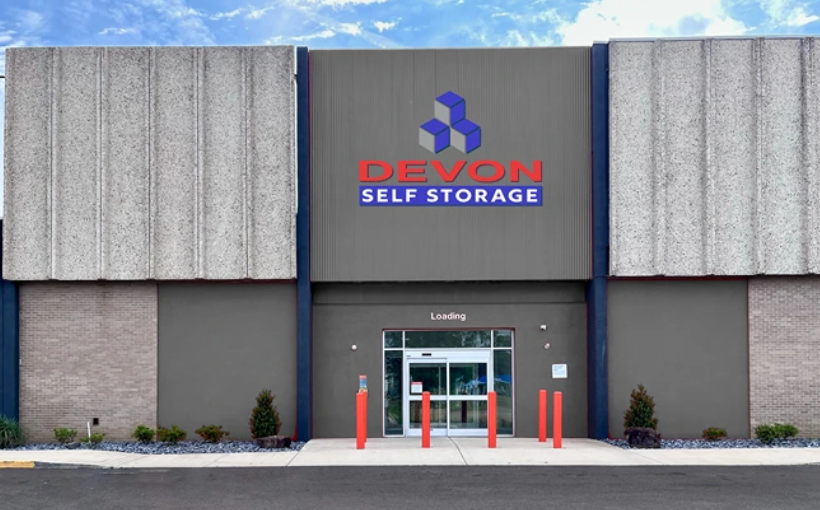Capital remains a significant challenge for commercial real estate developers and investors. However, some organizations are finding innovative ways to secure the necessary funds for their projects. In this second installment of our four-part series on real estate capital, we spoke with experts about flexible financing solutions available in today’s market. Additionally, our article “Capital Markets: The Rearview Mirror and the Road Ahead” provides valuable insights.
In the past, traditional lenders (such as banks) would analyze an applicant’s background and track record before issuing a loan according to their terms. However, due to fewer traditional lenders in the real estate space and other factors such as pending debt maturities and higher capital costs, there is now a need for more creativity in lending practices.
Accordingly,
experts have noted that traditional lenders are becoming more flexible by offering extensions on current loans until they can be stabilized or refinanced/sold.
Furthermore,
private non-bank lending sources are emerging as alternative options with creative structures like stretch senior loans or “debtquity.” Private debt funds will likely be active players in providing liquidity but may face challenges due to high cost of capital constraints on asset values.
Other potential sources of liquidity include seller financing options or preferred equity from LP equity groups who have shifted focus from investments towards yield generation opportunities through bridge lending strategies.
While alternative sources offer different options,
traditional lenders remain important players although they may become more selective when funding projects going forward into 2024
Life companies continue to hold generous allocations while national banks prioritize institutional clients over local development companies/investors Regional/local banks remain under scrutiny by regulators leading them towards selective underwriting practices Debt funds/credit unions also present viable alternatives within this space.




